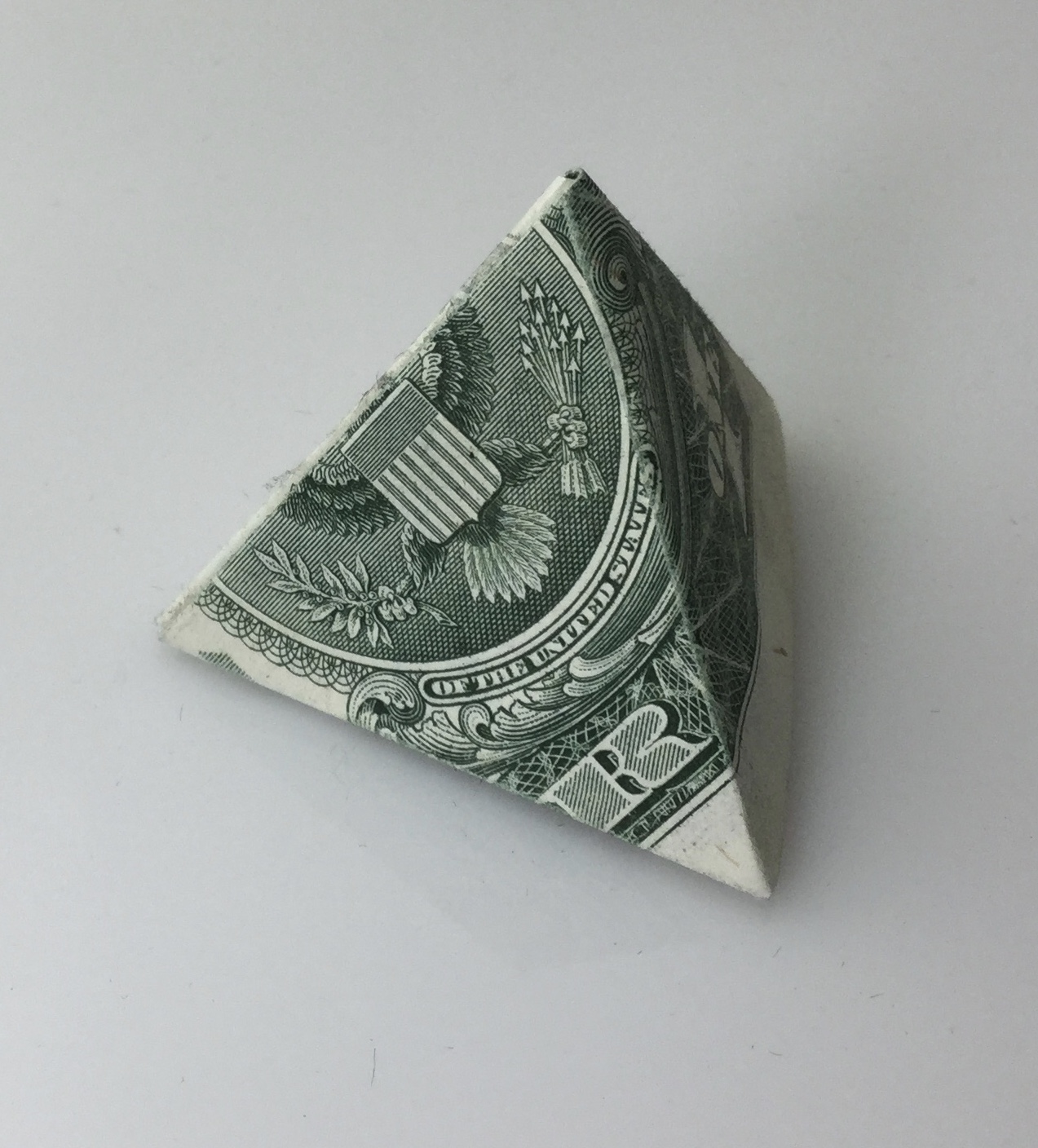PASADENA, Calif. — “SHUT UP and Listen,” proclaims a quilt in bold, red letters. It shows a muted American flag, hung upside down on its phantom flagpole. The aggressive “SHUT UP” is rendered in darker red fabric, like oxidized blood. But the message softens with the word “Listen,” looped in beautiful script, using sweeter reds and an assemblage of floral, plaid, and paisley fabrics. The quilt is willing to have a conversation if I’m willing to hold my tongue.
Jessica Wohl’s quilt was just one of many beckoning calls to action at QuiltCon 2018, the Modern Quilt Guild’s annual convention, held at the Pasadena Convention Center late February. The guild launched in 2009, after quilters making innovative, nontraditional works began forming connections online and realized they weren’t alone in their experimentation. The guild has established chapters internationally, in which quilters come together and show their work, workshop new techniques, and build a community.
Embedded in this year’s quilt show, which featured over 350 works, were acts of protest. They carried messages like “strong women taught us to quilt…and to fight,” “rise up, resist,” and simply, “oh no.” Others depicted difficult, but insightful, interpretations of mass incarceration, police brutality, school shootings, and acts of terror. The need quilters have felt to channel their frustrations into their craft during Trump’s America was palpable. But the members of the Modern Quilt Guild are also continuing a very old tradition of using the quilt as a tool for resistance.
You can read and see much more at Hyperallergic. I wish I could have seen this show.





























